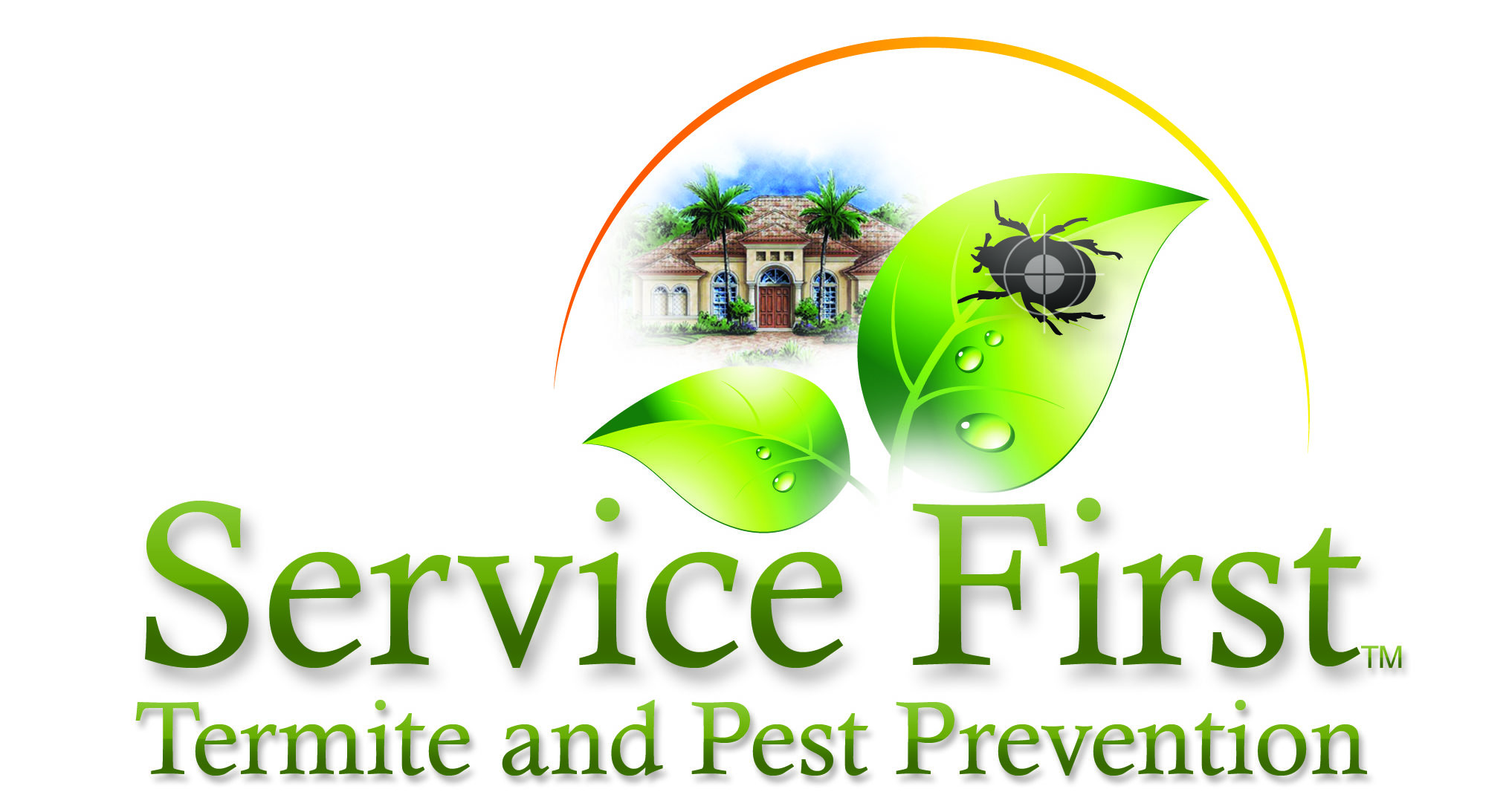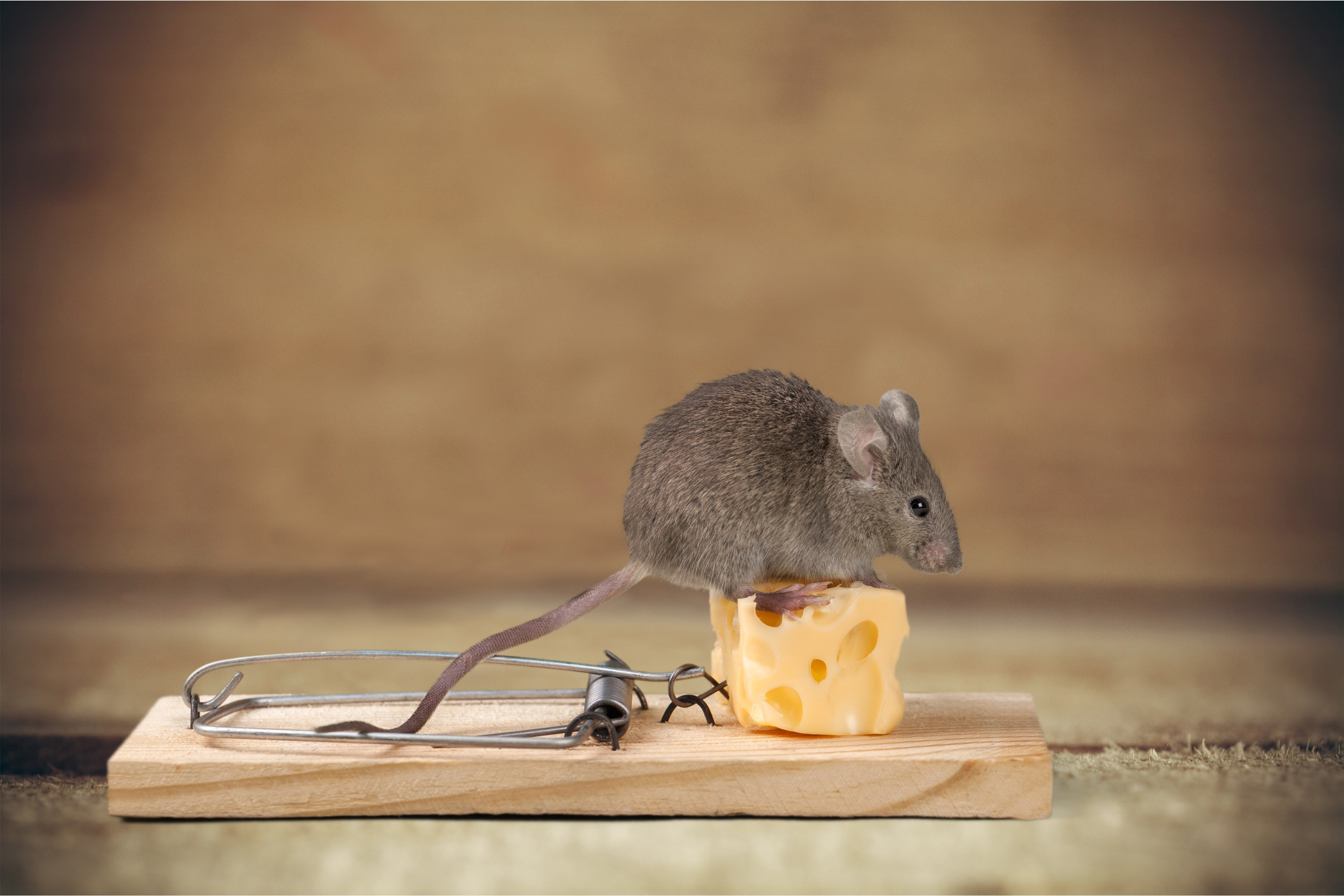The Sunshine State is home to plenty of residents who only live down here during the winter months, and for the most part locals welcome them with open arms. But unfortunately, there are some unwanted guests that Floridians can get, the dreaded rodent!
Each year around this time when the temperatures get a little cooler, rodents like Norway rats, which are a common pest in Florida, move indoors and set up their households in the homes of thousands of Floridians. There is nothing quite as alarming as knowing that Norway rats – which are, incidentally, sometimes nicknamed sewer rats – have invaded your living space. Interesting enough, the Norway rat is not from Norway, rather they are believed to have originated in China.
You may have heard the scratching at night, or seen the telltale droppings (poop) that confirm you have these unwanted visitors. While this can be of concern, the major factor that rodents cause is that they can also be hazardous to your health. Rats carry extremely high levels of toxicity around with them as they forage for food in your garbage and behind your kitchen cabinets, and busy themselves with making nests in the attic, pantry, or other locations in your home. As explained by the experts at Florida Atlantic University Veterinary Services, diseases carried by rats are believed to have taken more human lives over the last 1,000 years than all the wars in recorded history. Rodent are constantly releasing their bladder and leave their droppings everywhere they go, increasing the risk of disease, especially to those with reduced immunity such as the very young, the elderly, and those with diabetes, asthma, and other auto immune disease.
In addition to the health concern, rodents can also cause serious and costly damage to your home. Common rat damage occurs within attics and other parts of the home. Common problems include damage to the insulation from feces/urine, damage to the ductwork or wiring, staining of drywall from urine, and water damage at the entry point, as well as gnawing of wires or structural wood and heating and cooling ducts.
Homeowners who want to combat a Norway rat invasion should keep food covered, make sure their kitchen countertops are clean, and maintain tight lids on their outdoor garbage bins. It is strongly recommended that at least once a year, especially in the autumn when Norway rats actively seek indoor shelter, that homeowners enlist the help of a licensed and qualified pest control specialist. A professional can tell what telltale signs to look for to detect the presence of rats, and they can also offer safe and effective solutions for removing them or putting up defenses that will deter them from invading your home in the first place.

